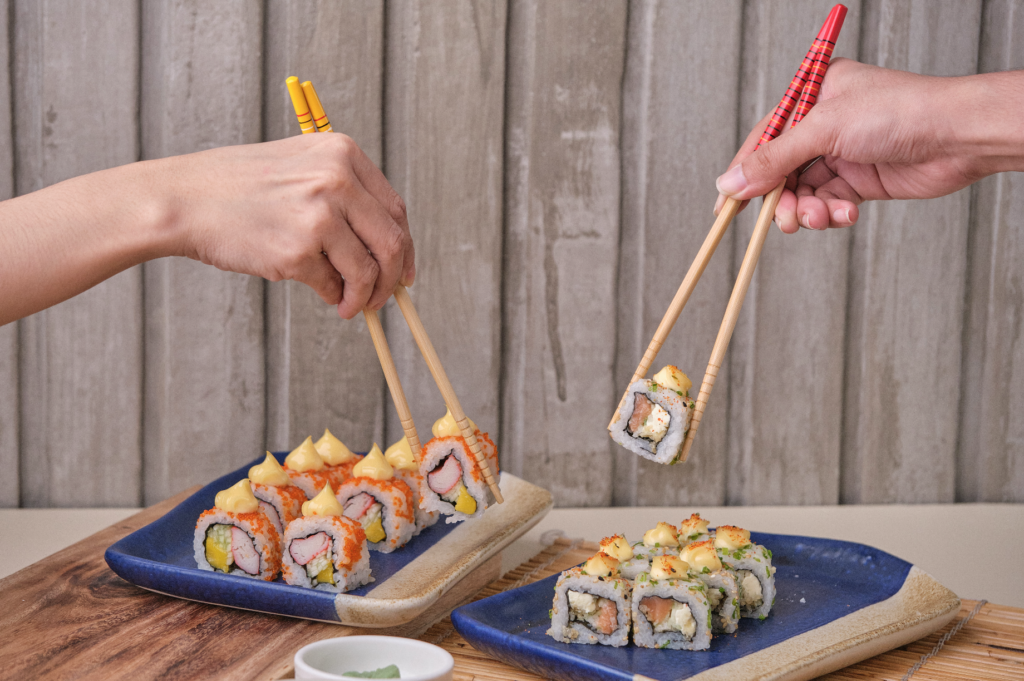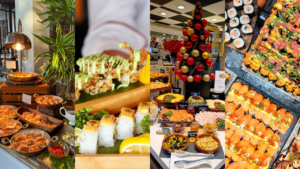Photo credits: Photo by https://unsplash.com/@bedbible
and here’s why:
Supporting local businesses has been a widespread movement for Filipinos since the pandemic started, with #LoveLocal and #SupportLocal hashtags trending on most platforms. However, despite the support, a significant portion of the revenue generated for these small businesses don’t actually go to the business itself!
Small food businesses lose 20-30% of their revenue to third party platforms
When the pandemic hit, a lot of food businesses were faced with a giant problem: Hhow can they sell on a digital space without losing a chunk of their revenue to third party platforms like GrabFood or Foodpanda?
When a local or small food business joins a third party platform, chances are they’ll need to pay commission fees amounting to 20-30% of their profits, with most micro businesses on the higher end. Why? Because only larger merchants are given the advantage of negotiating these fees down, in exchange for bringing in a certain volume of orders to the platform in question.
Kaloka, ‘di ba? Let’s run the numbers.
Our sample merchant, Alfredo Bakery, is a small home-based business. They wanted to scale up and opted to sell on Foodpanda. The commission fee they were given was 25%. That means, for an order worth P500, Foodpanda immediately gets a commission of P125, leaving the business with only P375.
However, there are other costs to take into account: food cost, which can be anywhere from 30-50% of revenue, staff salary, and location rent, to name the major operational expenses. If Alfredo Bakery had a monthly revenue of P100,000, a total of P25,000 would be lost to platform fees alone.
Alfredo Bakery’s Monthly Profit Margins & Operational Expenses

Despite the increase in food delivery orders, can a small business actually survive with these costs?
The solution most small business owners turned to was to start with accepting orders using Facebook or Instagram. Other business owners set up their own ordering website on easy-to-use platforms like Shopify.
Unfortunately, the accessibility and user-friendly interface of the Grab app or Foodpanda still have customers turning to them first before ordering directly from the business, leaving them with tighter margins.

As compared to sales on platforms with high commission fees, sales from direct channels (even with promos) give merchants higher margins. To encourage ordering directly from merchants businesses opt to run these win-win campaigns to promote such channels. As Abi Dinaya, Hanako’s Marketing Associate shares, “We try to match the discounts offered on 3rd party platforms on our own [direct] channels [and] another inevitable tactic was to mark-up our prices on [third party] platforms and match their low delivery rates.”
Thankfully, Abi says that Hanako’s sales are growing by the month, with the help of their consistent promotions. Check out cravehanako.ph for exclusive website promos!
As a consumer, how can I effectively support small local food businesses?
The answer is simple: spare a quick minute to search for your favorite local food businesses’ direct selling channels – be it on Facebook, Instagram. e-commerce ordering websites, like Shopify, also provide a more convenient experience for both customers and business owners, since products and their prices are immediately displayed, and payment can be done online as well without manual processing.
“As a local brand, we appreciate [your] continuous patronage for a local Japanese restaurant like ours! We look forward to [continuing] to satisfy [your] authentic cravings. 💚”
– Abi Dinaya, Hanako

Many small businesses are trying their best to survive and push past the many hurdles from the pandemic; however, small mindful changes in our buying habits may just give them a fighting chance to thrive.
Do you have a food business, but don’t have the time to set up an ecommerce store on your own? Let ZAP help you! Visit our website at www.zapestore.com!




